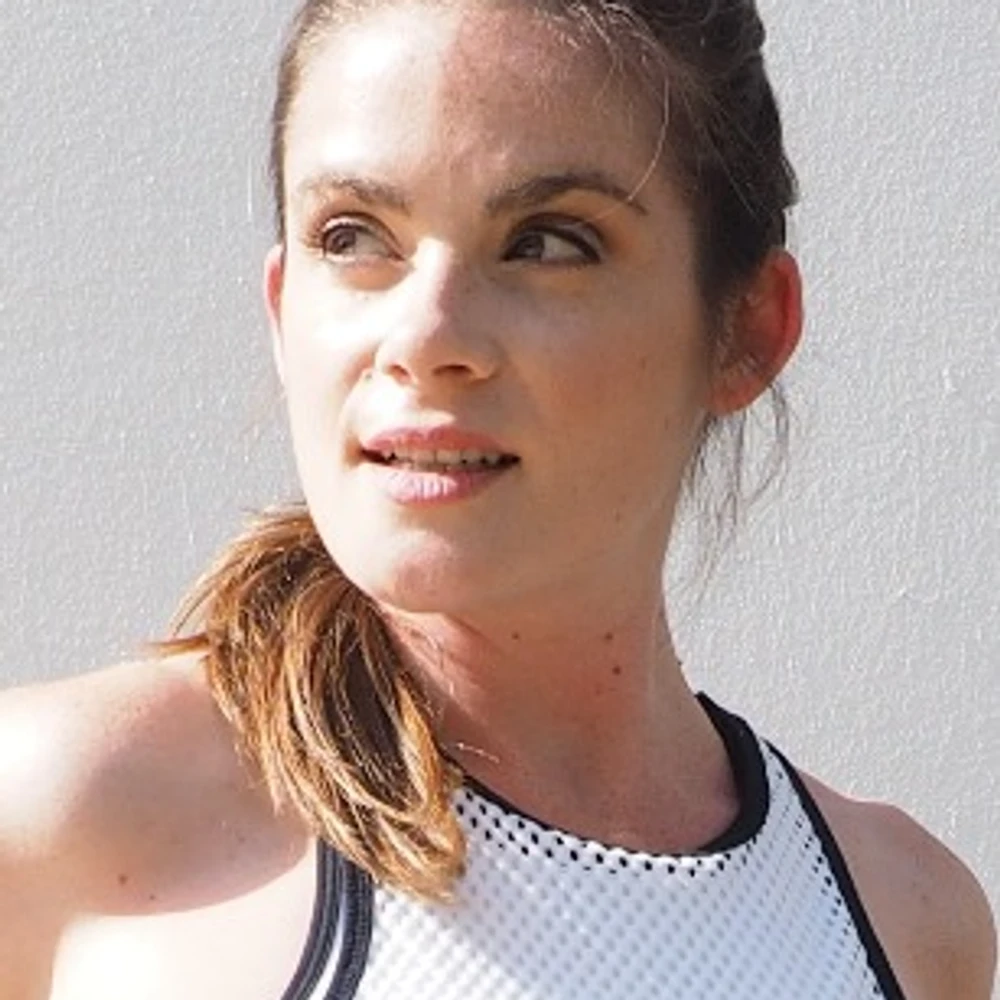"When should I stop doing ab exercises during pregnancy?"
- Sarah Ann

- Oct 10, 2024
- 3 min read
A common concern I often hear of with pregnancy fitness is when we should stop doing traditional abdominal exercises. There is a ton of conflicting information out there, and this can feel like a really overwhelming topic, especially if you loved doing core work pre-pregnancy.
The answer - as with most fitness and prenatal related ones- is complex. Click to watch this video for my detailed reply:
If you are pregnant, take a deep breath with me. Pregnancy can feel extremely overwhelming and even those of us on our third or fourth constantly second guess ourselves. You are doing a great job as a mom, already! Thank you to this person who asked this specific question.
If you can’t see what I go into in the video- the short / black and white guideline is 20 weeks. Baby is out of the pelvis at this point. For twin or back to back pregnancies I would argue that sooner than this would be recommended. However, we use our abs ALL the time. We use them to stand up straight, hold our toddlers, load strollers into the car, and even just while breathing.
So, I think the bigger picture is where we should be prioritizing our fitness. I would argue that we should be focusing on other exercises than planks or crunches to begin with. There are many benefits to both of these, but I personally believe that exercises that promote a strong connection to your core and pelvic floor would be more important during this time. Typically I encourage my clients to train their glutes, back, shoulders, lower body, deep core muscles, and train with a variety of functional exercises and balance.
We know that some movement is better than NO movement. If you are a beginner exerciser or new to methods like Pilates, barre, or strength training, this can feel extremely intimidating during pregnancy. I would recommend starting slow with exercises on all fours and building a strong core with more dynamic - breath based exercises. At around 20 weeks our body will naturally start expanding - if it hasn’t already- so crunches and rotation likely won't feel very comfortable. However, all-fours breathing, rotation via your bra line, and pilates exercises might feel great. It truly depends on where you were at before you got pregnant. If you are a gymnast, or Yoga teacher, you’re likely fine to continue more challenging abdominal work throughout your entire pregnancy.
One thing I recommend is to look for significant coning or doming (see my blog on DRA here). This is a naturally occurring stretch of the tissue between each side of your six-pack muscles. You might see a sharp cone- which could indicate that your deepest core muscles are not firing correctly and could potentially cause pelvic floor issues or low back pain in the future. It is not a guarantee of these issues. Doing planks certainly won’t hurt your baby, but if you start feeling any pain, I would encourage you to modify your core workouts..
I hope that helps!
For more information please visit the following links:
Diastasis Recti Abdominis - a brief overview of what it is, how to test for it, and why we take this naturally occurring separation into consideration during prenatal and postpartum exercise
An example of how best to sit up during prenatal and postpartum and avoid overstretching the abdominal wall
Best practices for your pelvic floor and follow-along demonstration videos
Thank you again to this badass momma for asking this question!
If you have a question that you would like answered please comment below or contact me directly!
I occasionally send out newsletters with more info like this - please subscribe to this link and get a free copy of my Prenatal Exercise Guidelines book. In this guidebook I will cover exercise modifications for each trimester of pregnancy and more.
Thank you so much for reading! For more prenatal fitness info please click over here. xo





Comments